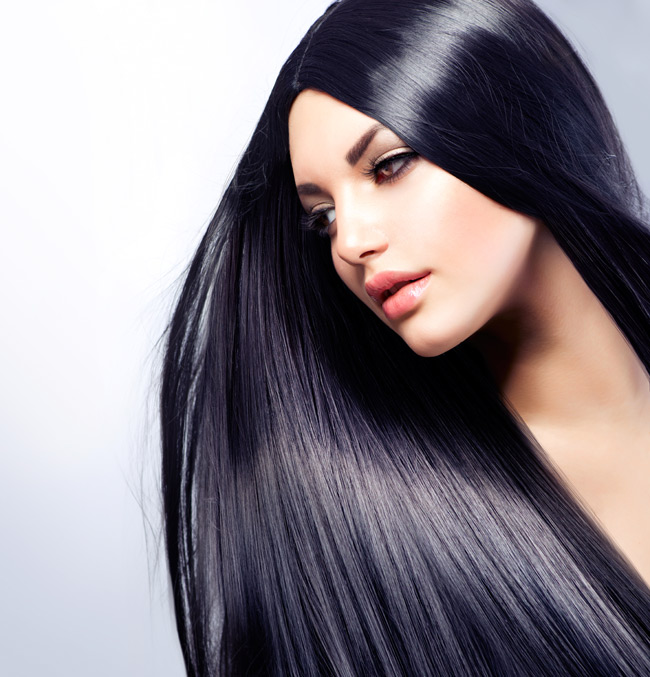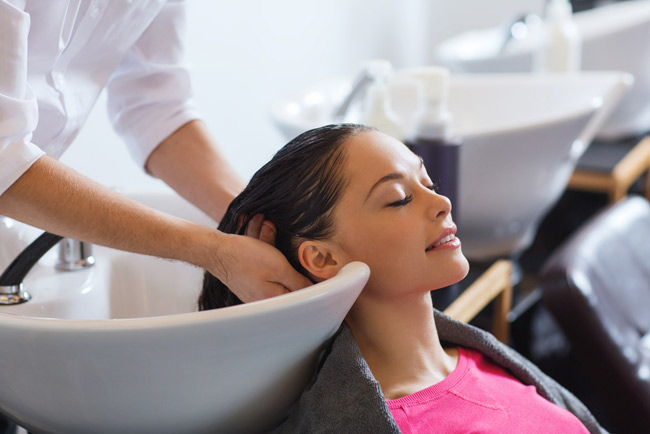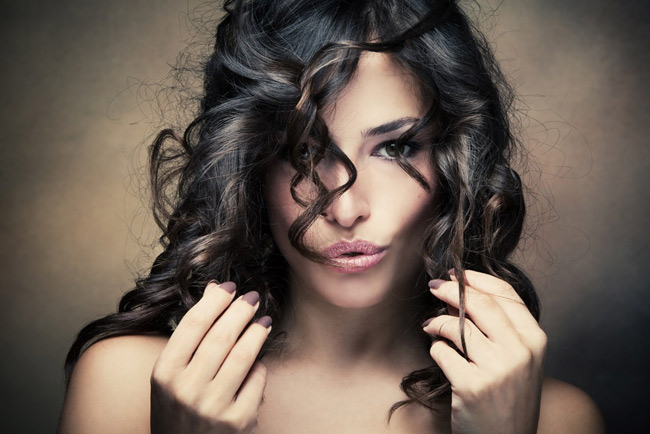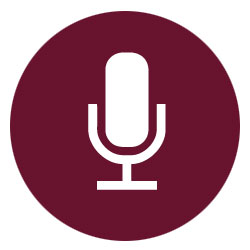Thermal Reconditioning: Rearranging the Hair Structure

Also
known as, Japanese hair straightening, Ionic Retexturizing, Thermal
Restructuring, Rebonding and or Thermal Reconstruction. It is a revolutionary
Japanese straightening treatment that uses heat to restructure the bonds in your
hair so the hair lies straight, giving
you glossy, smooth, shiny straight hair that requires hardly any blow drying!
Most hair types will have success with
this process, except for some hair of African descent or hair that is
highlighted. African hair can be too fine and too fragile to handle the
chemicals and heat, and excessive breakage and damage can occur. It generally
takes four to six hours to complete the process, but the stick-straight effects
last for 6, 8 and even 10 months. The minimum hair length for this procedure is
approximately four inches.
Procedure:
Before opting for Thermal reconditioning (straightening) procedure do your
homework completely. The more research you do, the more likely it is that you
will make the best decision for your hair and your pocketbook.. Go for a
pre-treatment consultation. If the hair care professional advises you not to
have your hair straightened because it is too damaged, not a good candidate for
the treatment, listen and follow the advice.
-
First, hair is shampooed.
Then, a protein conditioner
is applied .This helps to equalize your
hairs
porosity, add protein to any areas of your hair shaft that may be lacking it
and assist in protecting your
hair from the harsh chemicals that will be applied later.
-
Once the hair has been conditioned, a solution of "thioglycolate" (Retexturizer)
- thio, for short - is applied and one is made sit under a "roller ball"
dryer or an ionic blow dryer for 40 minutes, while it processes. This will
begin softening your hair and disassociating the sulfur bonds inside the
hair shaft.
- 1/8th-inch sections of hair are taken. The hair is then, thermally reconstructed into a new straight shape, by pressing it with a hot ceramic flat iron maintained at 170 to 230 degrees Celcius. The amount of time this part takes depends on the length and thickness of your locks.
- Afterward a neutralizer is applied and the hair is pulled straight or
stretched over boards.
- There's one final shampoo, followed by a blow dry and then a quick trim
to get rid of all the dead ends.
- Wait for at least 72 hours before you shampoo of use conditioner on your
hair after straightening. Also, don't use rubber bands, hair clips, or crimp
the hair in any way for the same 72 hour period. Any new hair growth will of
course be curly, if that's your natural hair state. A hair straightening
retouch is needed to keep your new growth silky straight.

Once hair has been chemically straightened it requires extra special care to
overcome the effects of the drying chemicals. Relaxed hair will require deep
conditioning treatments at least 1-2 times a
week.
Be sure to use a good detangling product and to use a wide toothed comb to
detonable from the ends of the hair to the roots.
Different salons have different approaches to thermal re-conditioning. How long
you go between initial Japanese Straightening & retouch varies with individuals,
depending on how fast your hair grows and how curly the new growth is.
Do not undertake chemical straightening or thermal reconditioning at home. Always go to a licensed hair care professional for application of these strong chemical products
Cost:
The process costs between $300 to $600 dollars.

Side Effects
Despite the claim that this system doesn't damage hair, that simply is not
the case. Anything that alters the structure of your hair is damaging. Even if
the chemicals in the straightening formula aren't problematic, the flat-ironing
process is. The thermal iron reaches 356 degrees Fahrenheit. Think about it this
way: the boiling point of water is 212 degrees Fahrenheit.
While straightening will offer a new range of
hair styles, it should not be
undertaken lightly because it may damage the hair and it will require a new
commitment to post relaxing conditioning and special hair care.
Dos & Don'ts
For Home Relaxer Kits
If you decide to relax your hair at home, keeping in mind that super curly hair will not turn out completely straight, be prepared to take the following steps to protect your hair and prevent damage:
-
Read the instructions from beginning to end BEFORE you start the relaxing process.
-
If you have any questions or doubts, contact the manufacturer for clarification. With any relaxer kit, you must carefully follow all directions to avoid potential skin and scalp burns, hair loss and eye injury.
-
Always do a strand test before relaxing.
-
Never apply any relaxer complex directly to scalp.
-
Do not use a relaxer product if scalp is irritated or inflamed, or shows signs of abnormal condition.
-
Do not use on bleached hair, henna treated hair or on hair dyed or relaxed with products containing metallic substances. When in doubt contact the manufacturer.
-
Do not use after coloring your hair with permanent hair color. Wait at least 3 weeks before relaxing your hair, and proceed only if hair shows no sign of damage.
-
Do not use on permanently waved or curly permed hair, or hair that has had a recent chemical curl treatment.
-
Do not pre-shampoo hair. Wait at least 3 days after last shampoo before relaxing your hair.
-
Do not wet or manipulate scalp in any way before application since a wet scalp will be more prone to damage if the chemicals overlap.
-
Do not use hot combs, pressing irons, or any other heated implements with the relaxer.
-
Do not use hot combs 8 days before or immediately after using a relaxer.
-
If you have braided hair, undo braids then shampoo and condition hair approximately one week prior to using relaxer.
-
Make sure that you apply a thick layer of protective petroleum jell or other related substance to protect skin and scalp from burns.
-
Rinse all chemicals completely from the hair and apply any neutralizers exactly as instructed.
Taken from: Hair Boutique
